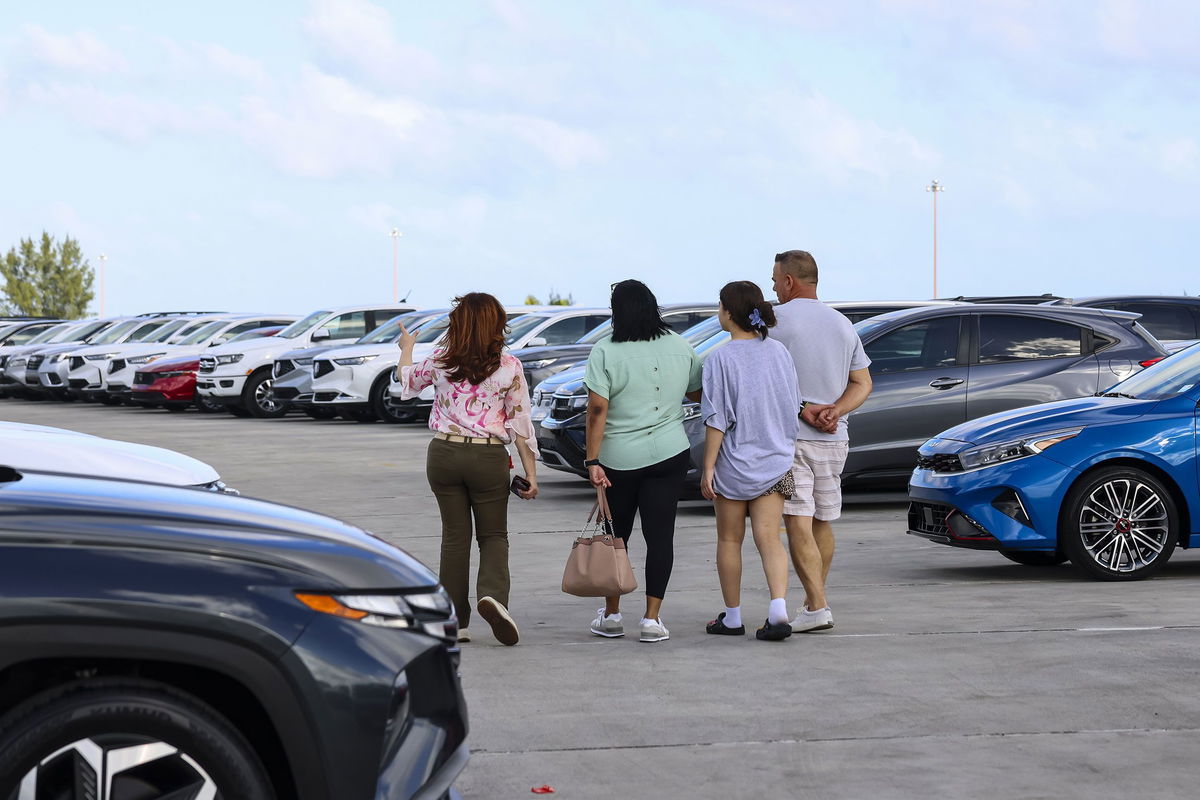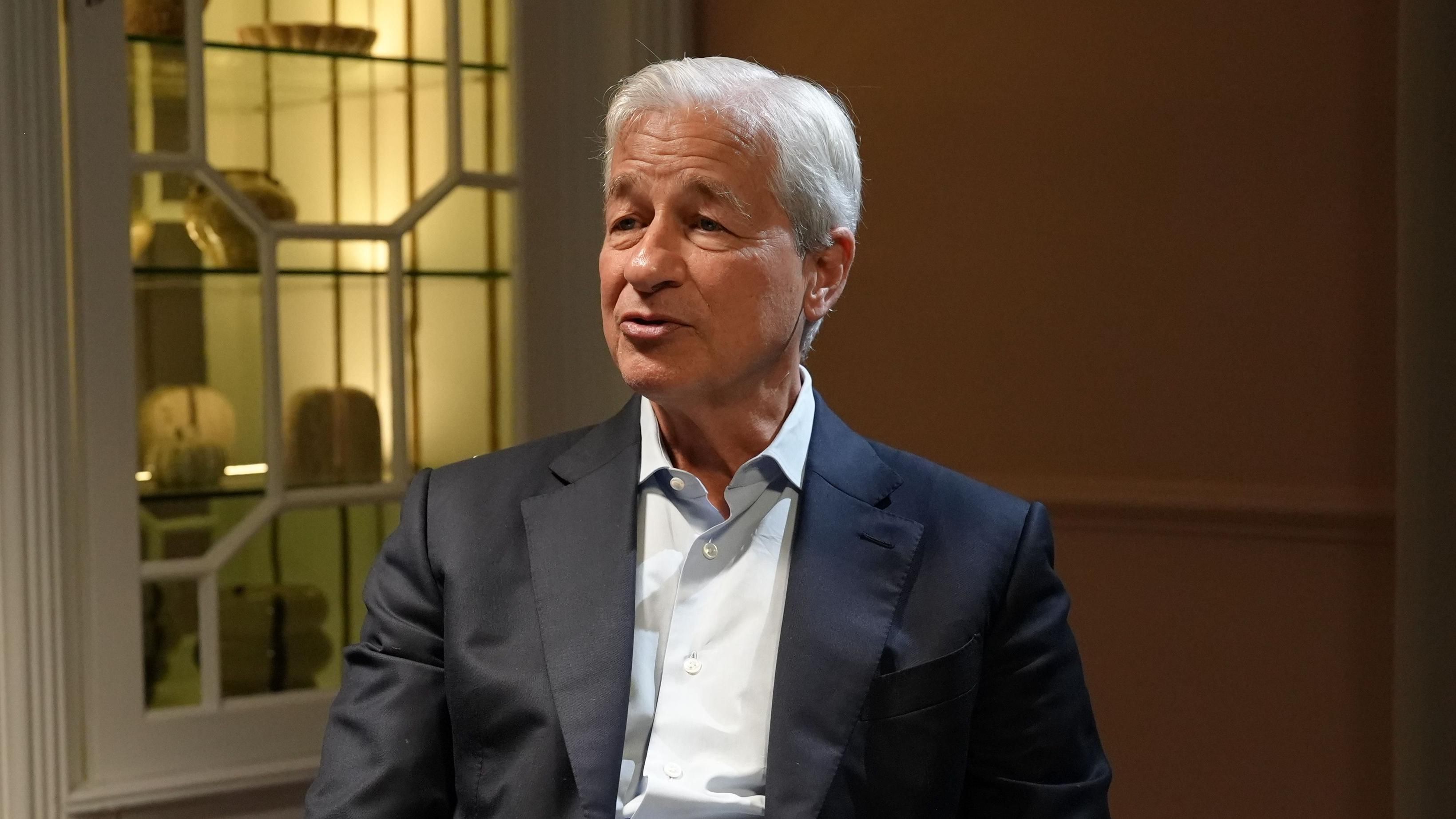The car industry has been maneuvering through an uncertain environment in recent years, characterized by disruptions in supply chains, varying material expenses, and changes in consumer preferences. As automakers get ready to launch the 2026 model series, a key question persists among both consumers and market experts: Is this the time when substantial price increases will become a reality?
Over the past ten years, the cost of new cars has been on a continuous rise, influenced by elements like technological advancements, regulatory demands, and the growing consumer desire for safety and comfort enhancements. Yet, recent inflation and worldwide economic challenges have introduced additional complications to pricing approaches. Although car manufacturers have been careful not to transfer all the increased production costs to buyers, the launch of the upcoming model year might indicate a shift.
The underlying pressures on vehicle pricing
Several factors have been quietly accumulating, setting the stage for possible cost hikes. To begin with, essential raw materials for contemporary vehicles—like lithium for electric batteries, steel for chassis parts, and semiconductors for sophisticated electronics—continue to experience high demand. Even though some supply chain constraints have lessened since the peak of the pandemic, the supply-demand balance continues to be delicate.
Additionally, regulatory frameworks around the world are tightening emissions and fuel efficiency standards. To meet these requirements, automakers are investing heavily in electrification, hybrid systems, and advanced powertrains. While these innovations support sustainability goals and appeal to eco-conscious consumers, they also add substantial costs to vehicle development.
The growing influence of electric vehicles
Another significant factor influencing pricing dynamics is the rapid transition towards electric vehicles (EVs). Car manufacturers are hastening to broaden their range of EVs, a step that demands not only advanced technologies but also completely new production methods and infrastructure. Establishing battery factories, modifying assembly lines, and obtaining mineral resources all entail considerable initial costs.
Although some manufacturers have absorbed part of these costs in the interest of market penetration, there is increasing pressure to achieve profitability on EV offerings. This pressure could translate into higher sticker prices, especially as federal and state incentives for EV purchases become less generous in the coming years.
Consumer preferences and premium features
Consumer expectations have evolved dramatically, with many buyers seeking advanced technology, connectivity, and luxury-like amenities even in entry-level models. Features such as large touchscreen displays, driver-assistance systems, and premium sound systems are no longer confined to high-end trims—they are becoming standard across much of the market.
Although these improvements boost comfort and safety, they also lead to increased manufacturing expenses. Car manufacturers encounter the delicate task of balancing these demands with cost-effectiveness, a challenge that becomes more intricate in a competitive market.
The financial environment and borrowing costs
High interest rates and ongoing inflation continue to strain the economic forecast. These factors have already impacted household finances, making it harder for many people to afford significant purchases such as cars. Lenders have become stricter with credit approvals, and loan durations have lengthened to help manage the increase in monthly costs.
If automobile manufacturers impose substantial price increases on the 2026 models, it might further reduce demand, especially in segments that are sensitive to costs. Consequently, certain brands might choose a more calculated strategy, distributing increases steadily over several model years instead of making abrupt changes immediately.
What buyers might anticipate
For buyers hoping for a reprieve, the reality is that modest price increases are almost inevitable. However, the extent of these hikes will likely vary by brand, segment, and powertrain type. Mainstream sedans and compact SUVs may see relatively smaller adjustments, while high-demand models, luxury vehicles, and cutting-edge EVs could experience more noticeable increases.
To mitigate the impact, some manufacturers are introducing new leasing options, subscription models, and certified pre-owned programs to maintain accessibility. Additionally, as technology continues to advance, the used-car market is evolving, offering budget-conscious buyers a broader range of feature-rich vehicles at lower price points.
While no official announcements confirm sweeping price jumps for 2026 models, the convergence of rising production costs, evolving regulations, and consumer demand for advanced technology makes upward adjustments highly likely. For prospective buyers, planning ahead—whether by securing financing early, considering existing inventory, or exploring alternative ownership models—may be key to navigating the next wave of automotive pricing trends.
If automakers manage these changes carefully, the market could strike a balance between innovation and affordability. But for now, industry watchers and consumers alike are keeping a close eye on what 2026 has in store for vehicle pricing.





